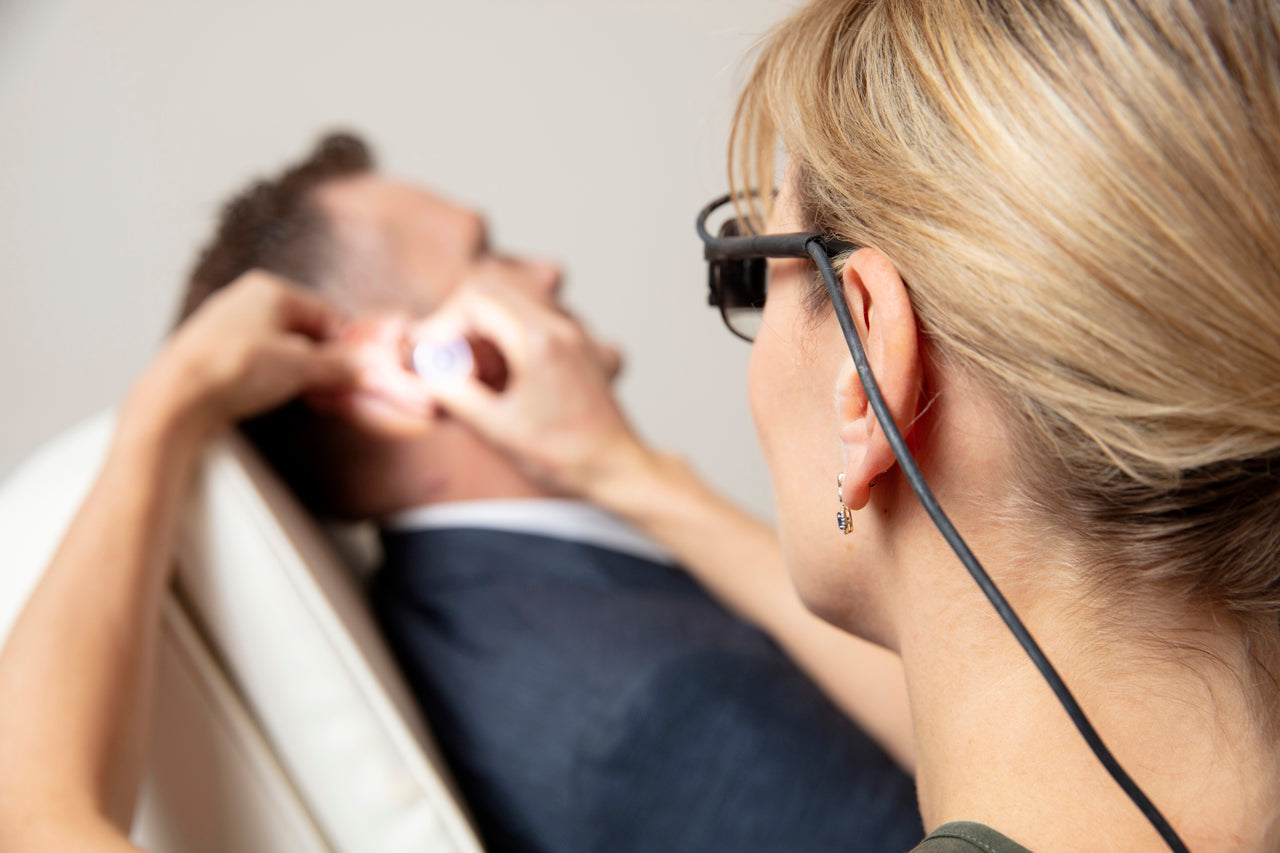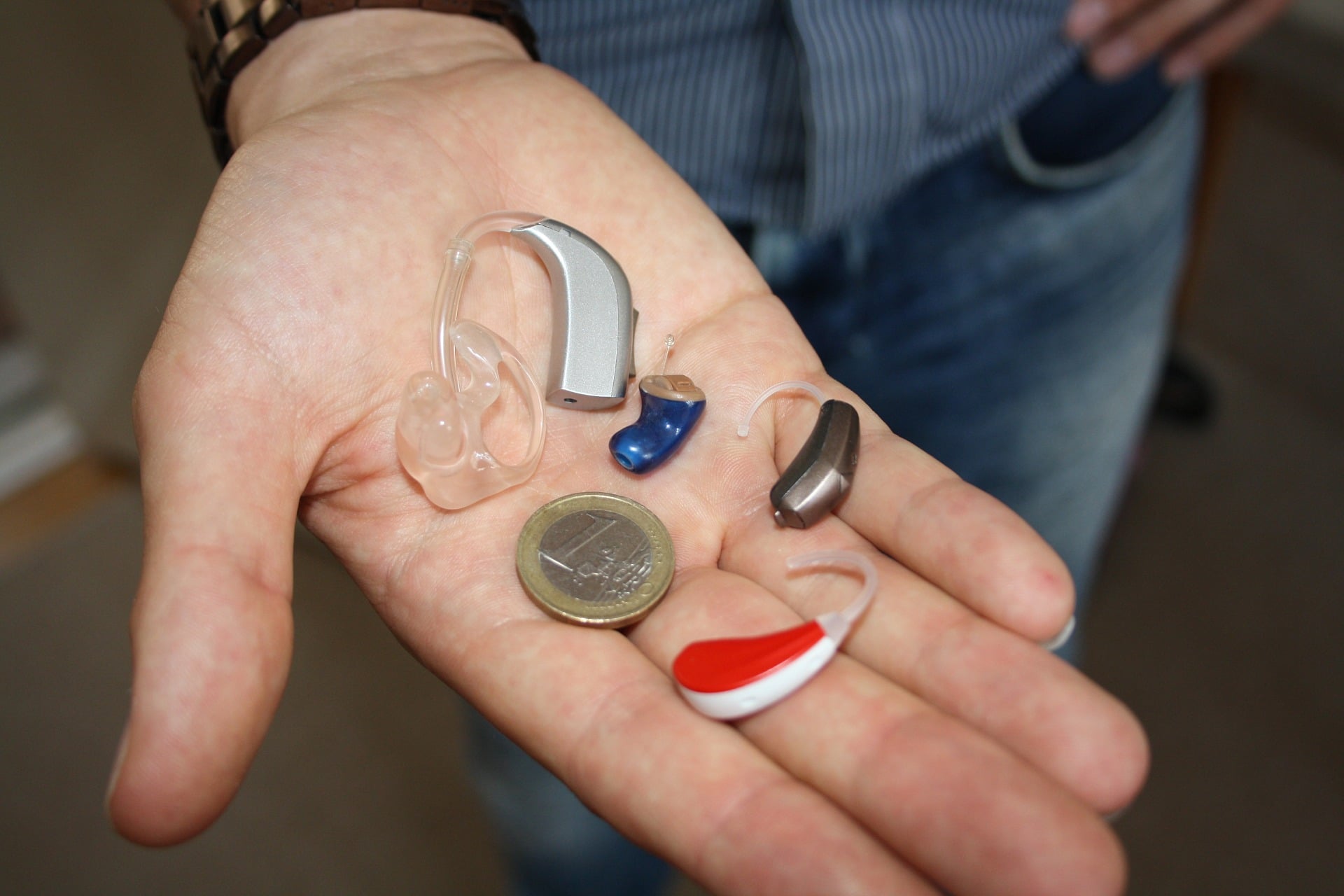音が少しこもっているように感じたことはありませんか?耳が塞がっているように感じて、はっきりと聞こえにくくなることがあります。多くの場合、これは難聴ではなく、単に耳垢が溜まっているだけです。
耳垢は耳の天然の洗浄剤であることを、多くの人は気づいていません。耳垢は外耳道を埃や細菌、その他の異物から守る役割を果たしています。しかし、耳垢が蓄積しすぎると、聞こえにくさ、耳鳴り、さらには不快感を引き起こす可能性があります。そのため、耳垢の除去が不可欠になります。では、どうすれば安全に耳垢を除去できるのでしょうか?今日は、聴覚専門家として、知っておくべきすべてのことをご案内します。
以下もご興味があるかもしれません:
- 耳の中でパチパチという音がするのはなぜ?その答えはあなたを驚かせるかもしれません!
- テレビの音が聞き取りにくいですか?このテレビ用補聴器を使えば、すべての言葉が明瞭に聞こえます!
- 選択的聴覚 - なぜ一部の音は聞き流しながら、ゴシップは全部聞き取ってしまうのか
パート 1: なぜ耳垢を除去する必要があるのか?
耳垢は汚れのようなものだと考える人が多いですが、実際には耳の防御システムにとって非常に重要な役割を担っています。耳垢は、耳道への異物の侵入を防ぎ、耳の潤いを保ち、抗菌作用も持っています。しかし、耳垢が過剰に蓄積すると、耳垢除去が困難になるなどの問題を引き起こす可能性があります。

私のクライアントの一人が、以前、ご自身の体験談を話してくれました。彼は、特に騒がしい環境では、会話が聞き取りにくくなっていることに気づきました。最初は難聴だと思っていたそうですが、専門家に診てもらったところ、耳垢が外耳道を完全に塞いでいることが判明しました。簡単な耳垢除去処置を受けた後、彼の聴力は瞬く間に改善しました。
同様の症状が現れた場合は、耳垢除去キットまたは耳垢除去ドロップを使用して蓄積物を除去することを検討してください。
1. 耳垢はいつ除去すべきですか?
以下のいずれかの症状に気付いたら、耳掃除をしたほうが良いかもしれません。
症状がひどい場合は、耳を安全に掃除してもらうために、近くの専門の耳垢除去サービスを利用するのが最善です。
パート2:耳垢を安全に除去するには?
耳垢がたまると、不快感、一時的な難聴、炎症などを引き起こすことがあります。耳垢は通常は自然に排出されますが、場合によっては優しく取り除く必要があります。ここでは、耳を傷つけずに安全に耳垢を取り除く方法をご紹介します。
1. 必要に応じて専門家の助けを求める
耳垢が詰まったり、著しい不快感を引き起こしたりする場合は、医療専門家が安全に除去することができます。実際、耳垢除去は、米国ではプライマリケア医や耳鼻咽喉科専門医が行う最も一般的な処置の一つです。彼らは、外耳道を傷つけることなく耳垢を取り除くための特殊な器具を備えています。

2. 安全なDIYアプローチを採用する
軽度の耳垢の蓄積の場合は、自宅で耳垢を緩めて除去するための手順を実行できます。
- 耳垢を柔らかくする点耳薬を使用する– 市販の点耳薬には、耳垢を分解したり柔らかくしたりするのに役立つ水性成分(過酸化水素や炭酸水素ナトリウムなど)または油性溶液が含まれています。
- 重力法を試してみてください。患部側の耳を上に向けて頭を傾け、スポイトを使って温水、生理食塩水、または過酸化水素を数滴垂らします。1分ほど置いてから頭を反対方向に傾け、液体と緩んだ耳垢を排出します。
- バルブシリンジを使用する(適切な場合) – バルブシリンジを使って温水で耳を優しくすすぐと、柔らかくなった耳垢を洗い流すことができます。ただし、鼓膜に穴が開いている場合や、過去に耳の感染症の既往歴がある場合は、合併症を防ぐため、この方法は避けてください。
パート3:耳垢除去時に避けるべきこと
耳を清潔に保つことは重要ですが、耳垢の除去を誤ると、かえって耳に悪影響を与える可能性があります。怪我や合併症を防ぐために、以下のよくある間違いに注意してください。
1. 綿棒の使用を避ける
多くの人が耳掃除に綿棒を使います。しかし、綿棒を使うと耳垢が耳道の奥深くまで入り込み、耳垢が詰まってしまうことがよくあります。その結果、耳垢の除去が困難になり、鼓膜を傷つける可能性もあります。
2. 鋭利なものを入れない
ヘアピン、つまようじ、ピンセットなどの鋭利なものは、耳垢を取り除く際に絶対に使用しないでください。外耳道内の繊細な皮膚を傷つけたり、鼓膜に穴を開けたりして、感染症や難聴を引き起こす可能性があります。
3. 耳キャンドルはやめよう
点火した中空のキャンドルを耳に挿入する耳キャンドル療法は、効果がないだけでなく危険です。FDA によると、火傷、キャンドル自体からの耳垢の蓄積、さらには鼓膜穿孔を引き起こす可能性があります。
4. DIY灌漑には注意が必要
バルブシリンジを使って温水で耳を洗浄することは効果的ですが、すべての人に適しているわけではありません。鼓膜に穴が開いている、耳の感染症がある、または耳の手術を受けたことがある人は、耳の中に水が溜まると深刻な感染症を引き起こす可能性があるため、洗浄は避けるべきです。

5. 耳垢除去剤の使いすぎを避ける
耳垢軟化剤は耳垢の蓄積を緩めるのに役立ちますが、過剰に使用すると外耳道に刺激を与えたり、過剰な水分を含ませたりして感染症のリスクを高める可能性があります。必ず推奨される使用方法に従ってください。
パート4:補聴器ユーザーのための耳垢除去のヒント
補聴器は耳垢の自然な動きを妨げ、場合によっては過剰な蓄積につながることがあります。これは聴力の明瞭度に影響を与えるだけでなく、補聴器の損傷にもつながります。研究によると、補聴器の修理の60~70%は耳垢関連の問題によるもので、耳垢は通気孔の詰まり、受信機のブロック、内部部品の劣化を引き起こす可能性があります。耳垢が補聴器の性能に悪影響を与えるのを防ぐ方法をご紹介します。
1. 耳垢の蓄積を監視する
- 補聴器は耳垢の分泌を促す可能性があるため、定期的な耳の検査が不可欠です。
- 定期検診の際に、医師または聴覚専門医に耳垢が溜まっていないか検査してもらってください。

Diamond X1 - Bluetooth搭載の最高の補聴器
新人価格
249.99ドル309.99ドル
- ✔ クリアな聴覚を実現するアダプティブサウンド モード。
- ✔ 通話とストリーミング用の Bluetooth。
- ✔ アプリ制御のカスタマイズ可能な調整。
- ✔ 充電可能で急速充電。
- ✔ 軽度から中程度の難聴に最適です。
2. 補聴器を清潔に保つ
- 毎日のクリーニング:補聴器の表面を柔らかく乾いた布で拭いて、耳垢や湿気を取り除きます。
- クリーニング ツールを使用する: 補聴器クリーニング キットには、通気孔や開口部を掃除するためのブラシとワックス ピックが含まれています。
- 耳垢ガードの交換:多くの補聴器には、耳垢が敏感な部品に入り込むのを防ぐための耳垢ガードまたはフィルターが付属しています。必要に応じて交換してください。
耳垢の除去は些細な問題のように思えるかもしれませんが、健康な聴力を維持する上で重要な役割を果たします。安全な耳掃除方法に従うことで、聴力の明瞭性を維持し、将来の合併症を防ぐことができます。




コメントを書く
全てのコメントは、掲載前にモデレートされます
このサイトはhCaptchaによって保護されており、hCaptchaプライバシーポリシーおよび利用規約が適用されます。